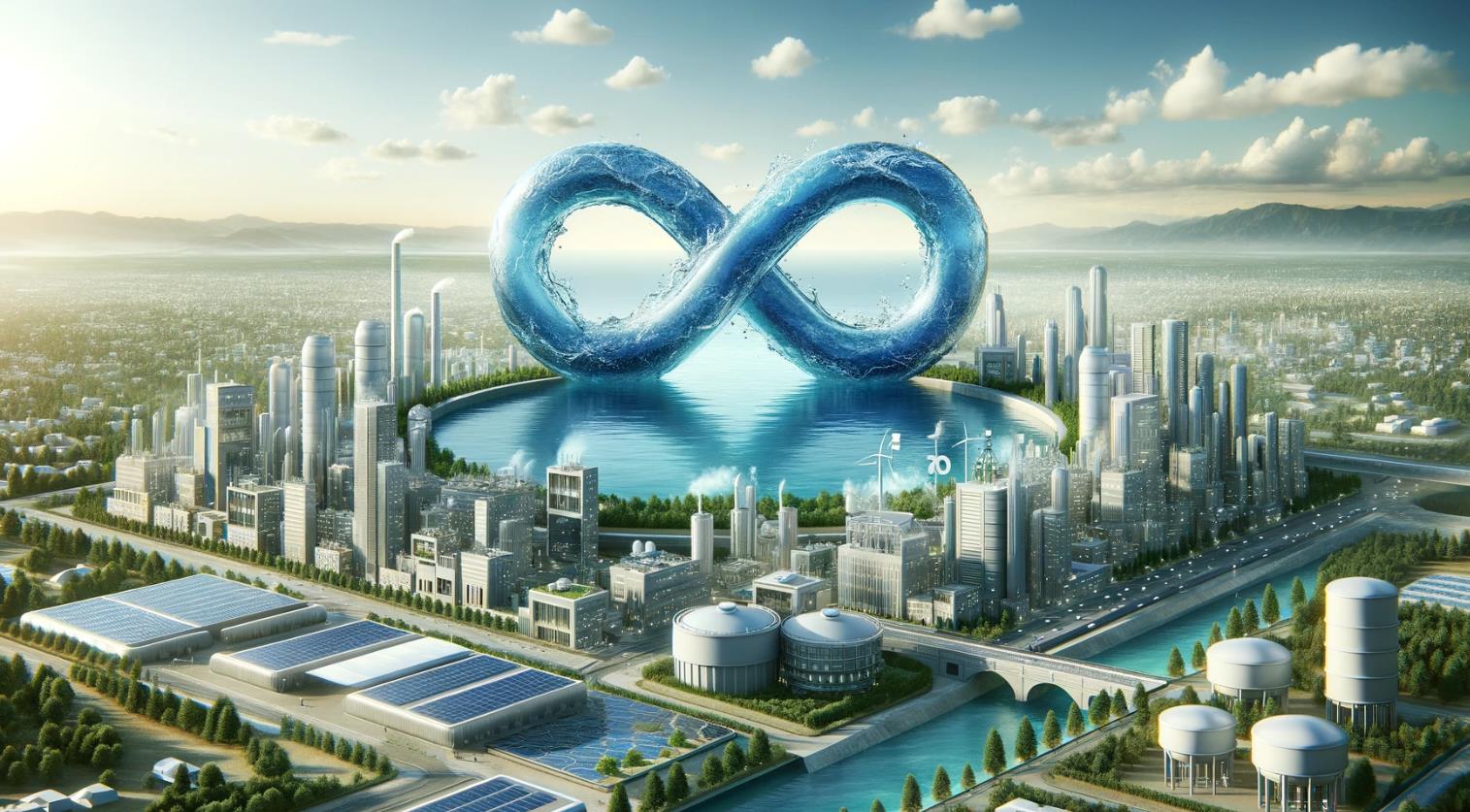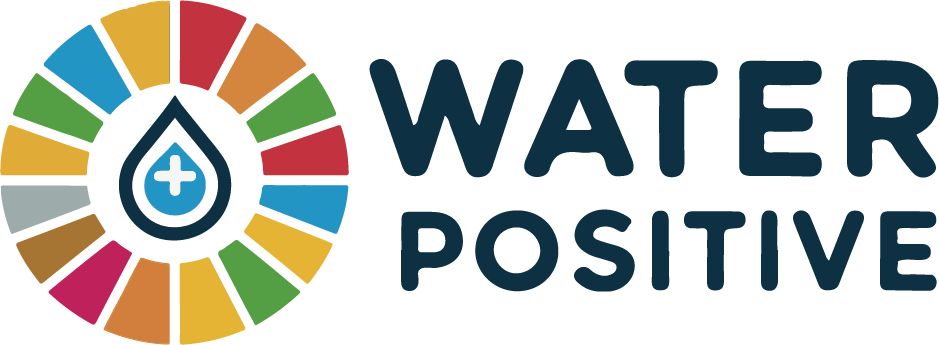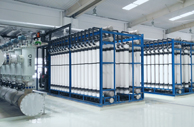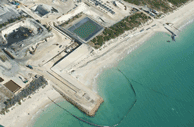The concept of water positive can be defined as:
“Being Water Positive refers to a concept where an entity, such as a company, community, or individual, goes beyond simply conserving water and actively contributes to the sustainable management and restoration of water resources. This involves implementing practices and technologies that reduce water consumption, improve water quality, and enhance water availability. The goal of being water positive is to leave a positive impact on water ecosystems and ensure that more water is conserved and restored than is used or depleted.”.

Water Positive through Nature-Based Solutions refers to the practice of not only conserving and efficiently using water but also enhancing the natural processes that support water sustainability. This involves the implementation of nature-based solutions (NBS) such as restoring wetlands, using sustainable drainage systems (SuDS), enhancing groundwater recharge, and promoting biodiversity. By mimicking or utilizing natural processes, these solutions aim to improve water availability, quality, and resilience against water-related disasters. The ultimate goal is to contribute more to water ecosystems than what is consumed, ensuring a net positive impact on water resources.

Water Positive through Water Purification refers to achieving a net positive impact on water resources by utilizing advanced water purification technologies. This approach focuses on restoring water resources by ensuring that purified water is of high quality, regardless of its source. Key processes include desalination, water reuse, and water remediation, which transform previously unusable water sources like seawater and wastewater into valuable resources. Additionally, recovery, remediation, and environmental decontamination play crucial roles in addressing contaminated water sources. These technologies have become more energy-efficient and cost-effective, making them sustainable solutions to mitigate water scarcity and climate change. Proper planning, facility design, discharge management strategies, and the integration of renewable energy are essential to minimize environmental impacts. By continuously innovating and committing to sustainability, desalination, water reuse, and remediation can significantly enhance water security and resilience to drought and climate impacts on freshwater resources.
As it can be observed from the definition, water positive aims to restore water resources, thus leaving a positive impact on the water ecosystems. The focus should be on the quality of purified water, not on the source. Desalination and water reuse are two processes that are currently used to achieve this goal and when they are implemented correctly and according to the international standards, they are certainly sustainable activities to mitigate water scarcity and climate change.
Both desalination and water reuse allow us to tap into previously unusable water sources, such as seawater and wastewater. The technologies have advanced remarkably in recent decades, becoming more energy efficient and cost effective. With proper planning and management, desalination and reuse can be part of a sustainable approach to ensuring water security in a water-stressed world. There are still environmental impacts to consider, but these can be mitigated through careful facility design, discharges management strategies, and integrating renewable energy. With continued innovation and commitment to sustainability, desalination and water reuse can be truly transformative in building resilience to drought and climate impacts on freshwater resources.






























